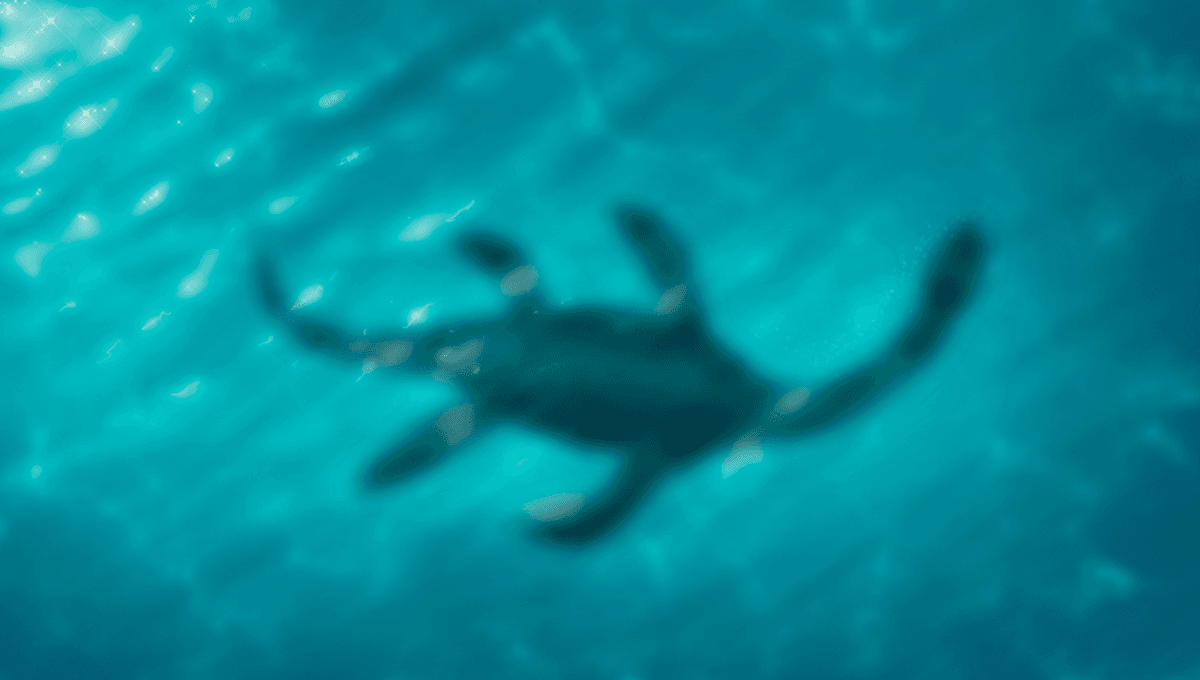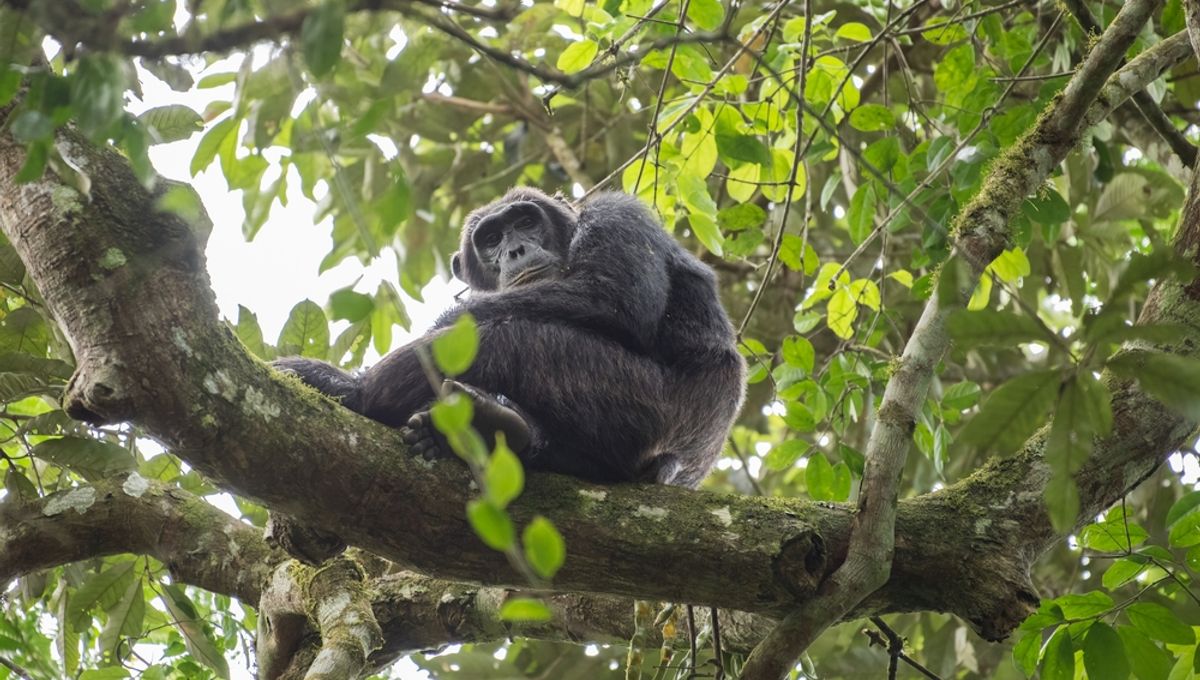In a surprising turn of events, 2023 became the year when people collectively decided that the Loch Ness Monster had been playing hide-and-seek for far too long, and it was high time for it to make an appearance.
A massive hunt for Nessie, the legendary creature first “captured” in a photograph 89 years ago, took place over the weekend. However, as history has shown, the beast has often turned out to be nothing more than a fish. Undeterred, a team of citizen scientists from around the world employed various methods, including observing the surface of the loch for two days, in the hopes that the creature would eventually surface for air.
“Over the weekend, we will be utilizing surveying equipment that has never before been used on Loch Ness to uncover the secrets of its mysterious waters,” the team announced on their website. “This includes the use of thermal drones equipped with infrared cameras to capture thermal images of the water from above. By observing heat patterns, we may be able to identify any unusual anomalies.”
“Additionally, we will be employing a hydrophone to detect acoustic signals underwater, listening for any calls reminiscent of Nessie. We are also utilizing other advanced technologies in our quest for the truth.”
While the team has yet to announce the results of their weekend expedition, a few intriguing details have emerged. On Friday, as the team was setting up, they reportedly heard some promising sounds emanating from the loch – four distinct “gloops.”
“We all got a bit excited,” shared Alan McKenna from the Loch Ness Exploration group with the BBC. “I rushed to make sure the recorder was on, only to realize it wasn’t even plugged in.”
Although discovering the mythical creature would undoubtedly be incredible, it’s worth noting that most previous sightings have turned out to be hoaxes or cases of mistaken identity, often involving other animals or even a bloom of algae and zooplankton. Unlike Nessie, who patiently waits beneath the loch for all the eager amateur sleuths to depart, we shouldn’t hold our breath.








